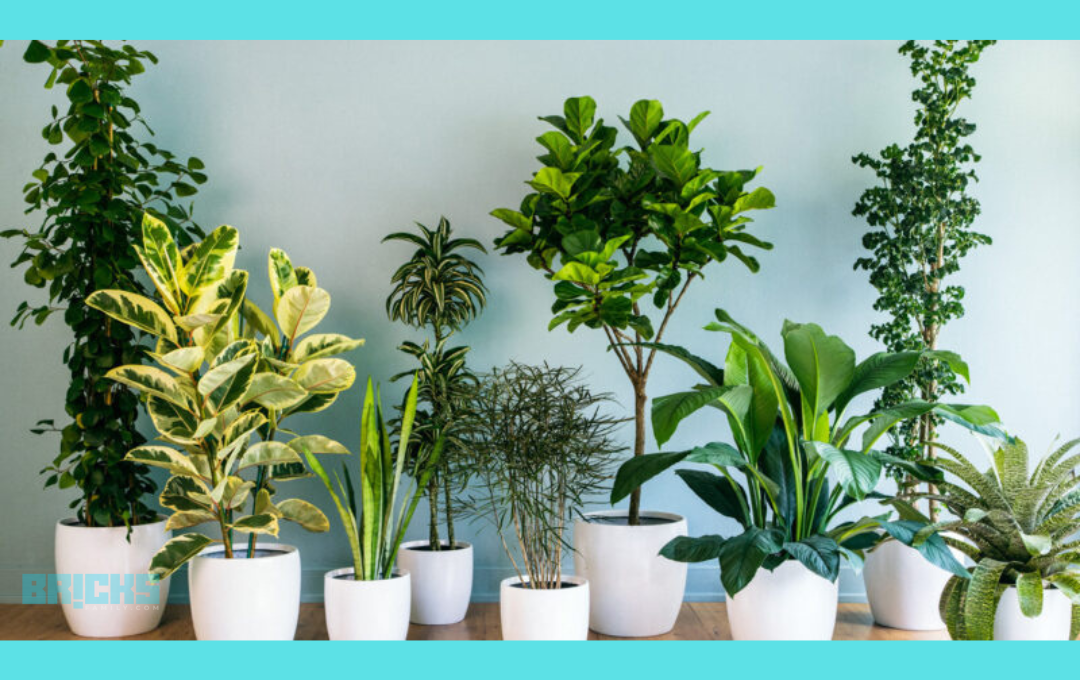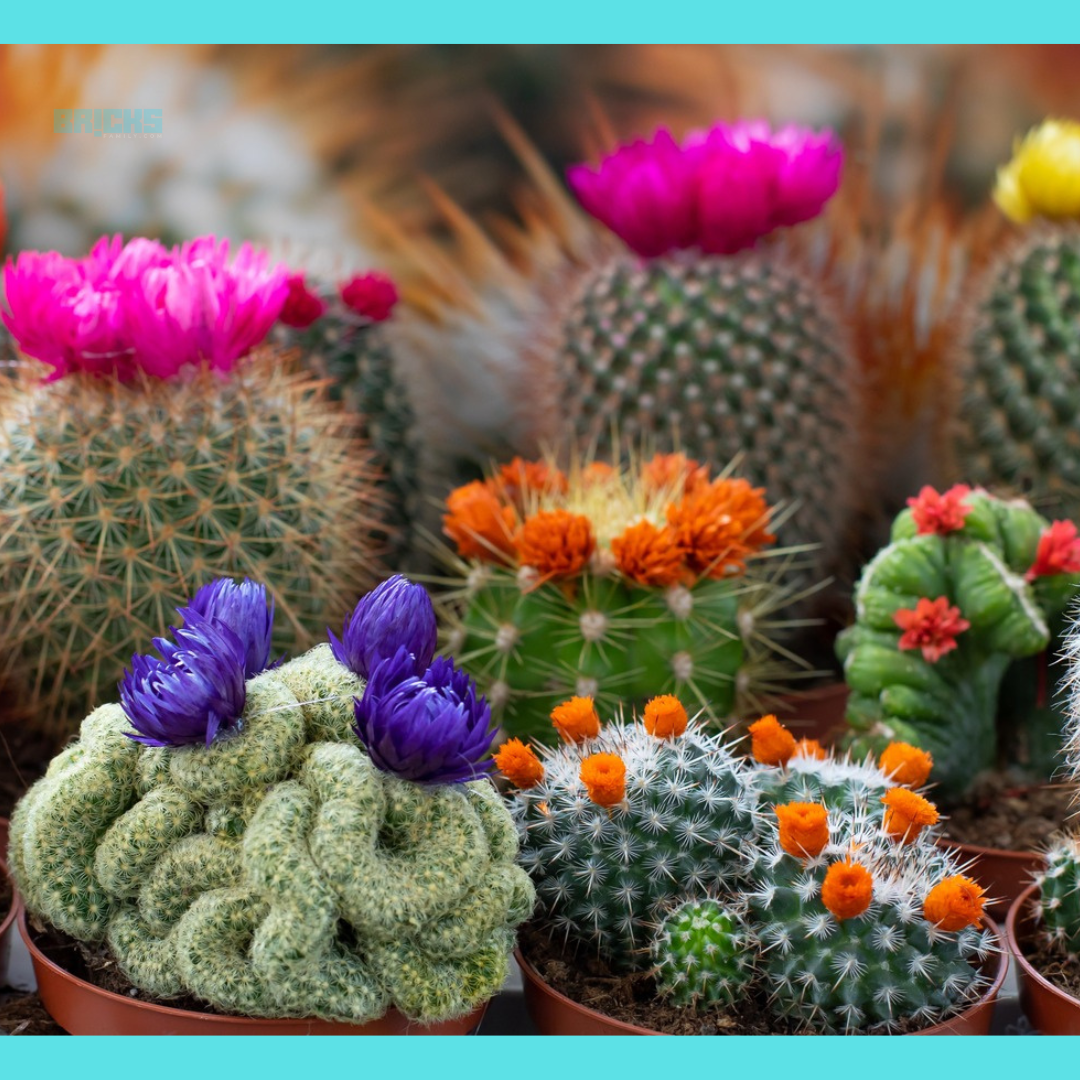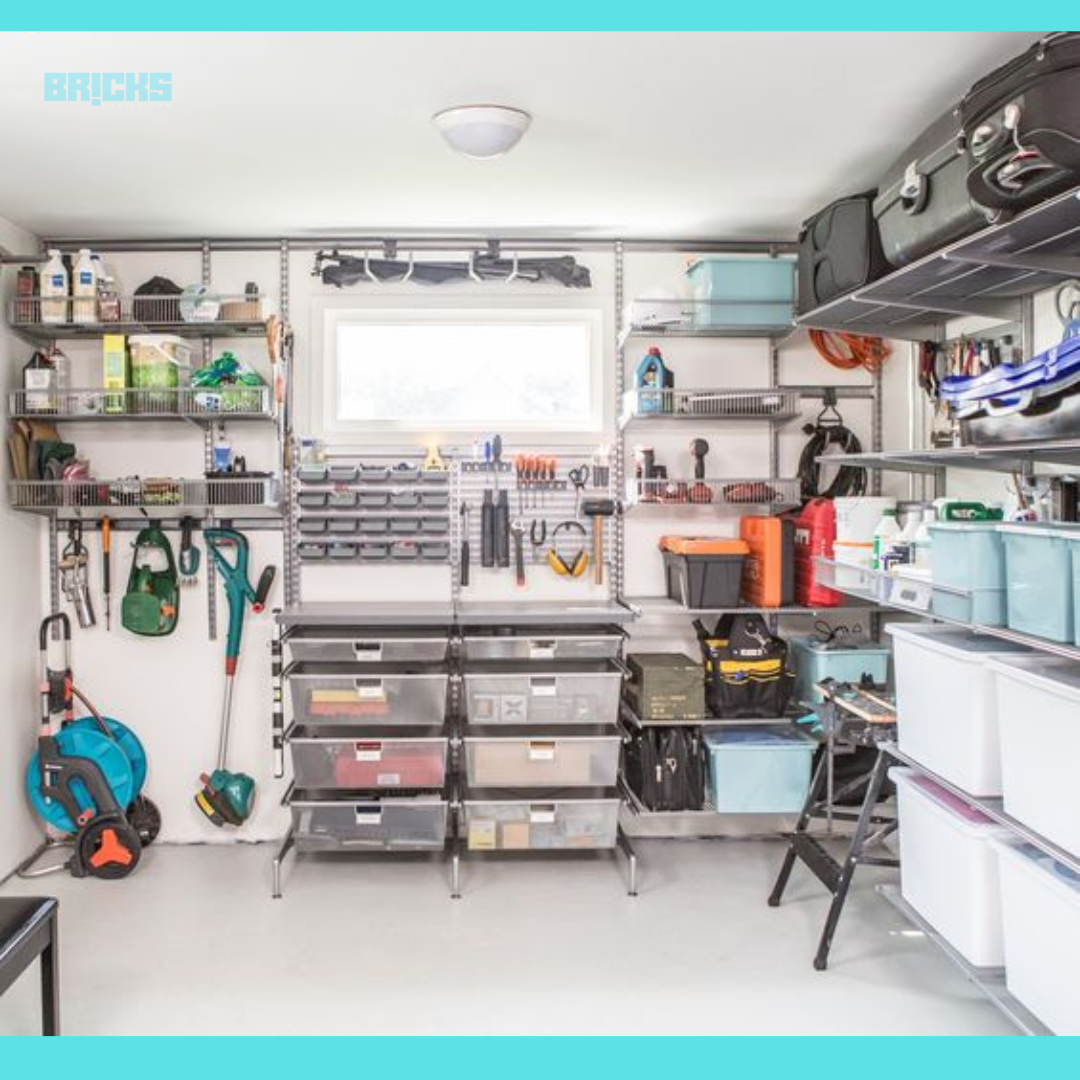Indoor plants have the power to alter a space’s atmosphere. They may add sleek and natural air to any space while also making it appear active and inviting. This blog is about 20 Best Indoor Plants for Healthy Home (Image Gallery).
However, it’s a prevalent misperception that houseplants only work well in large homes or that indoor plants aren’t really suggested in compact rooms. Actually, you may decorate with plants in any size place you choose. It makes no difference how big or tiny your area is.
We’ll introduce you to 20 indoor plants that look fantastic in little places in the blog below. Additionally, as a bonus, we briefly discuss how to exploit narrow places to insert such that they add to your house decor. So let’s get started.
20 Indoor Plants Perfect for Small Spaces
Aloe Vera
Aloe vera is a miracle plant and one of the most popular and practical indoor plants for tiny areas. When used topically, it works wonders for your skin and has anti-inflammatory and healing qualities that are fantastic for your gut if you consume it. Whoa! Its overall attractiveness should not be overlooked; its vibrant green succulent leaves complement any environment.
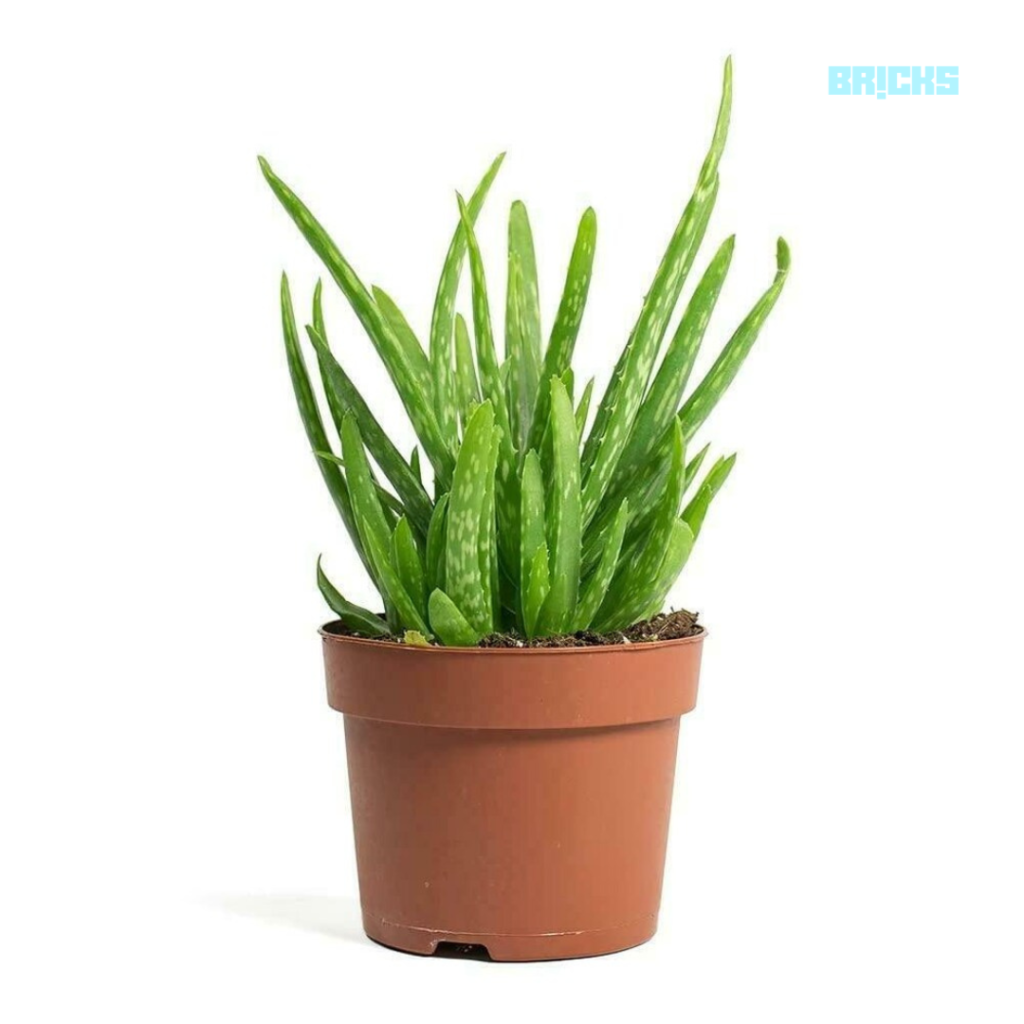
If you want to bring aloe vera into your house, be aware that it needs little sunshine and does best in compact pots.
Arabica Coffee Plant
An Arabica coffee plant might be the ideal addition to your home if you enjoy coffee. It requires very little care and is a lovely indoor plant. Its vivid green foliage enhances the aesthetics of your house. Regular watering and mild, indirect lighting are ideal for them.
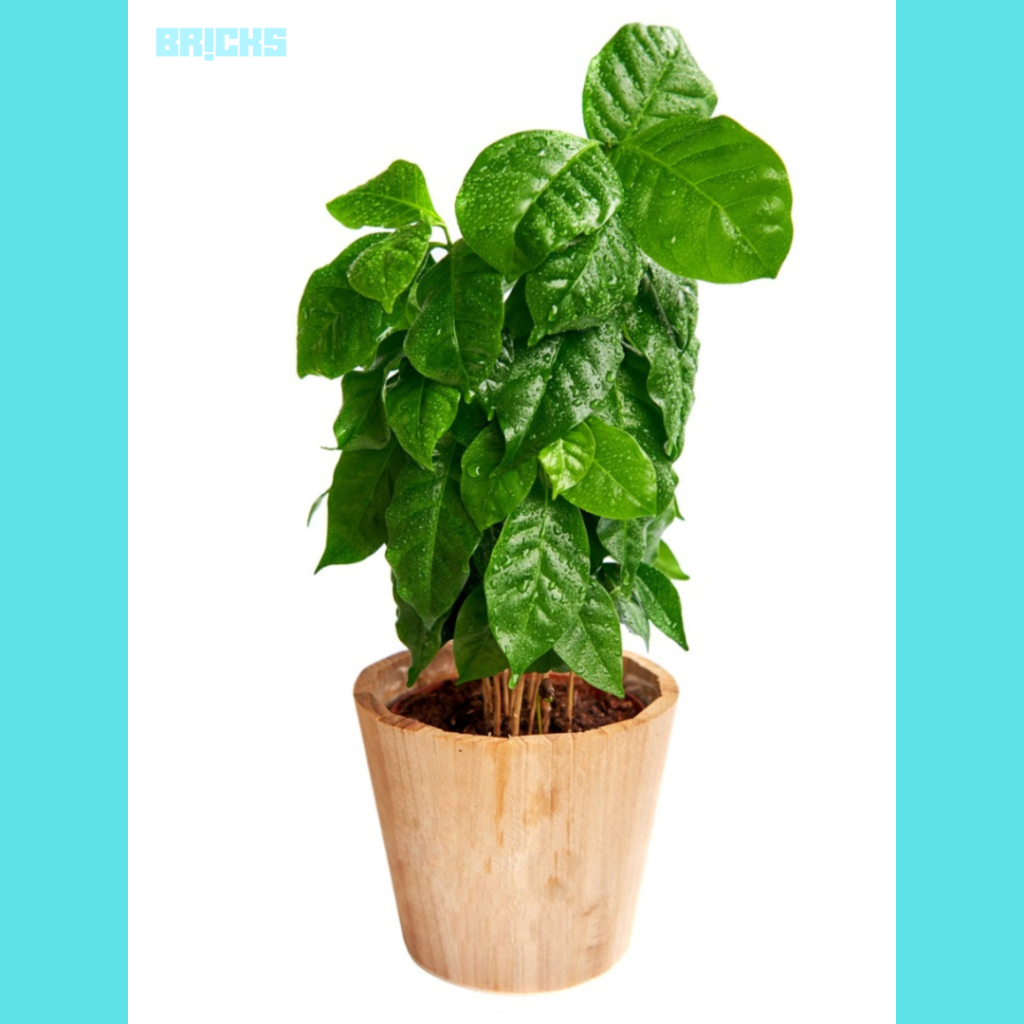
String of Pearls
Do you want to add some greenery to your room as a new homeowner? Do you lack experience caring for indoor plants in cramped areas? We advise you to bring home a pearl string, much like the one seen in the photograph linked below. They enhance the appeal of your living area and are the ideal first houseplants. Arrange them so that the strings dangle at an angle and the surrounding foliage adds some greenery. Keep in mind that the plant needs strong, indirect light and regular watering to flourish healthily, so place them close to a window.
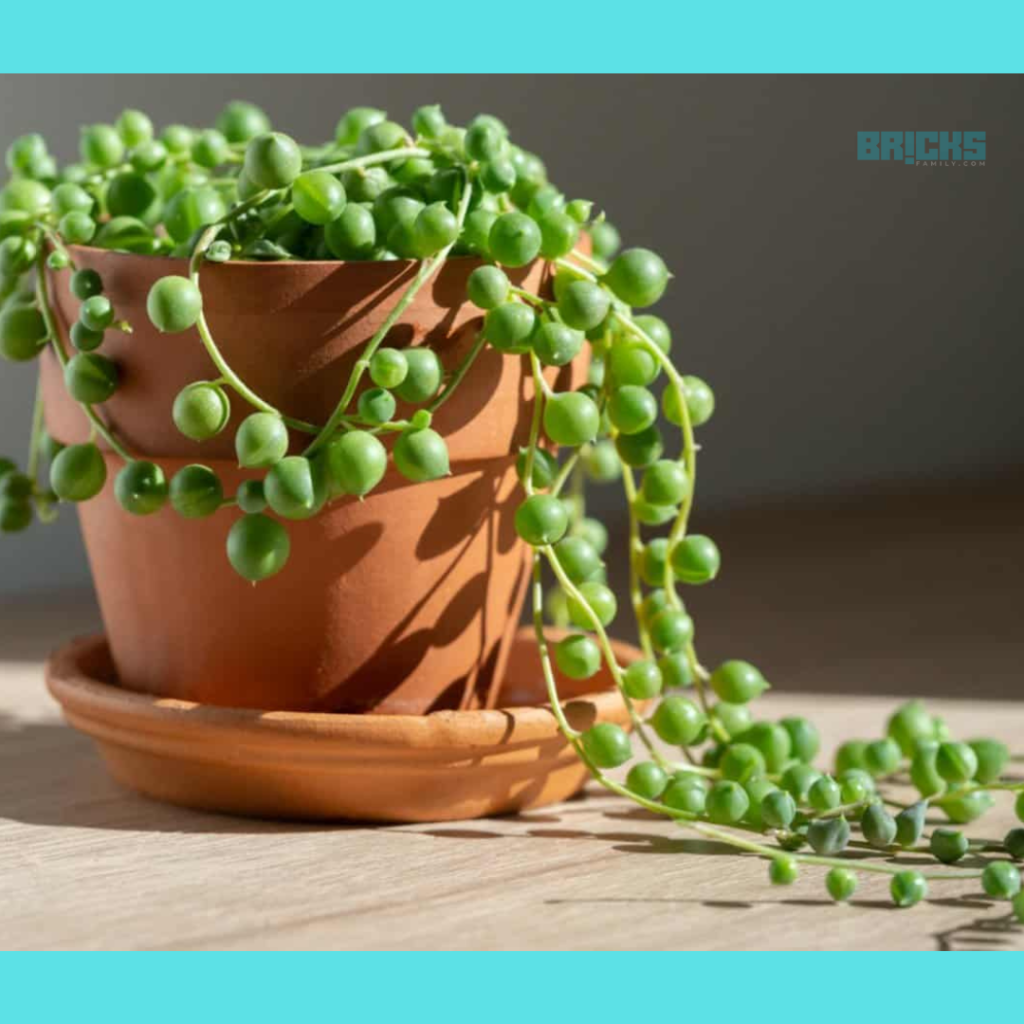
Red Aglaonema
Use a red aglaonema, like the one in the above image, to add a pop of color to your living room or bedroom. This plant is stunning to have around your house, with leaves that feature complex designs and vivid shades of pink and red. This plant, also known as the Chinese Evergreen, is well renowned for its ability to filter the air.

It’s a low-maintenance plant that needs intense indirect light to keep its crimson tones. It prefers moist environments, so give it some water every two weeks.
Asparagus Fern
The appearance of an asparagus fern is characterized as delicate and bushy. It can give the décor of your house more volume and depth. This plant needs a lot of water on a regular basis. Make sure there is enough indirect light for your indoor plant. For an effortlessly stylish look, go for a simple wicker basket for the asparagus fern in your home.
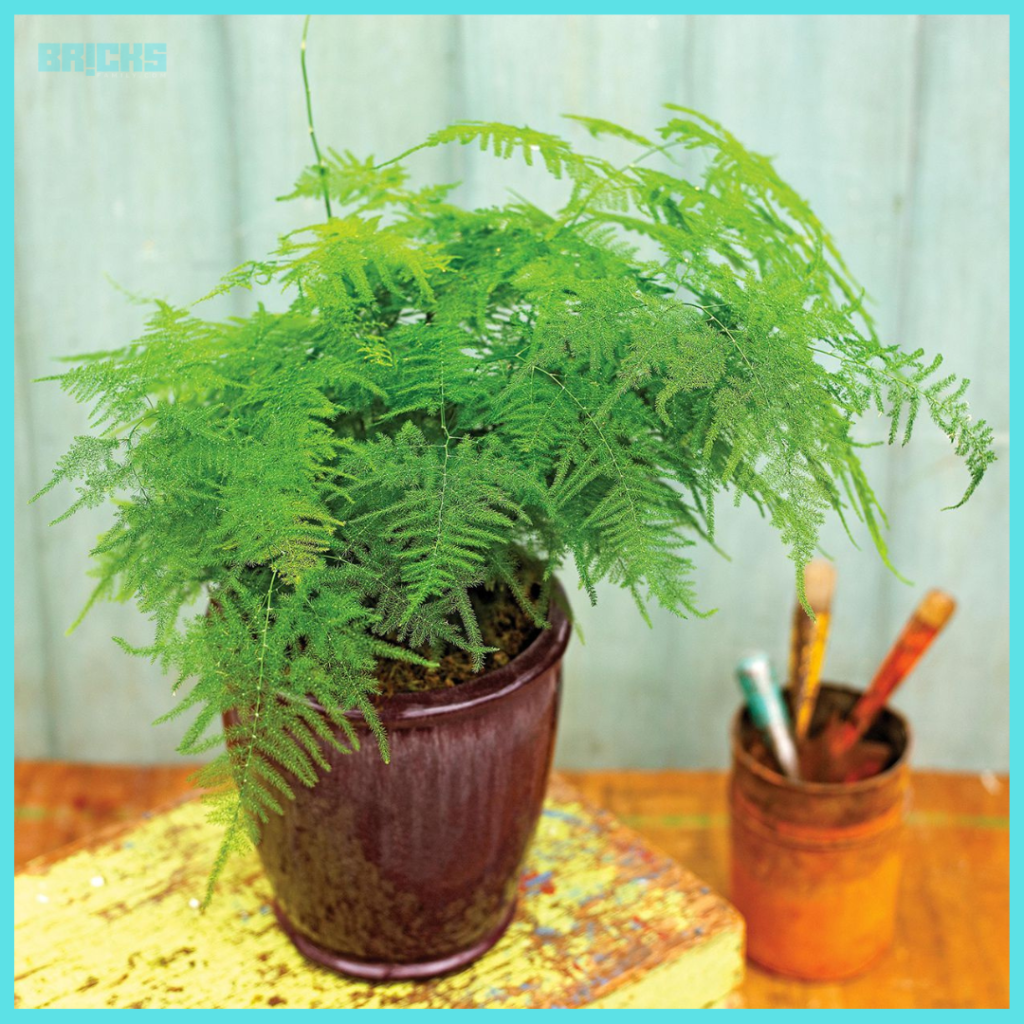
Cacti
Cacti are among the greatest plants to have inside. They come in an assortment of hues, forms, and dimensions. Their sporadic, vibrant blossoms can bring a pop of colour into your space. Cacti are also well known for their ability to survive with little irrigation. Because of this, caring for these plants is simple.
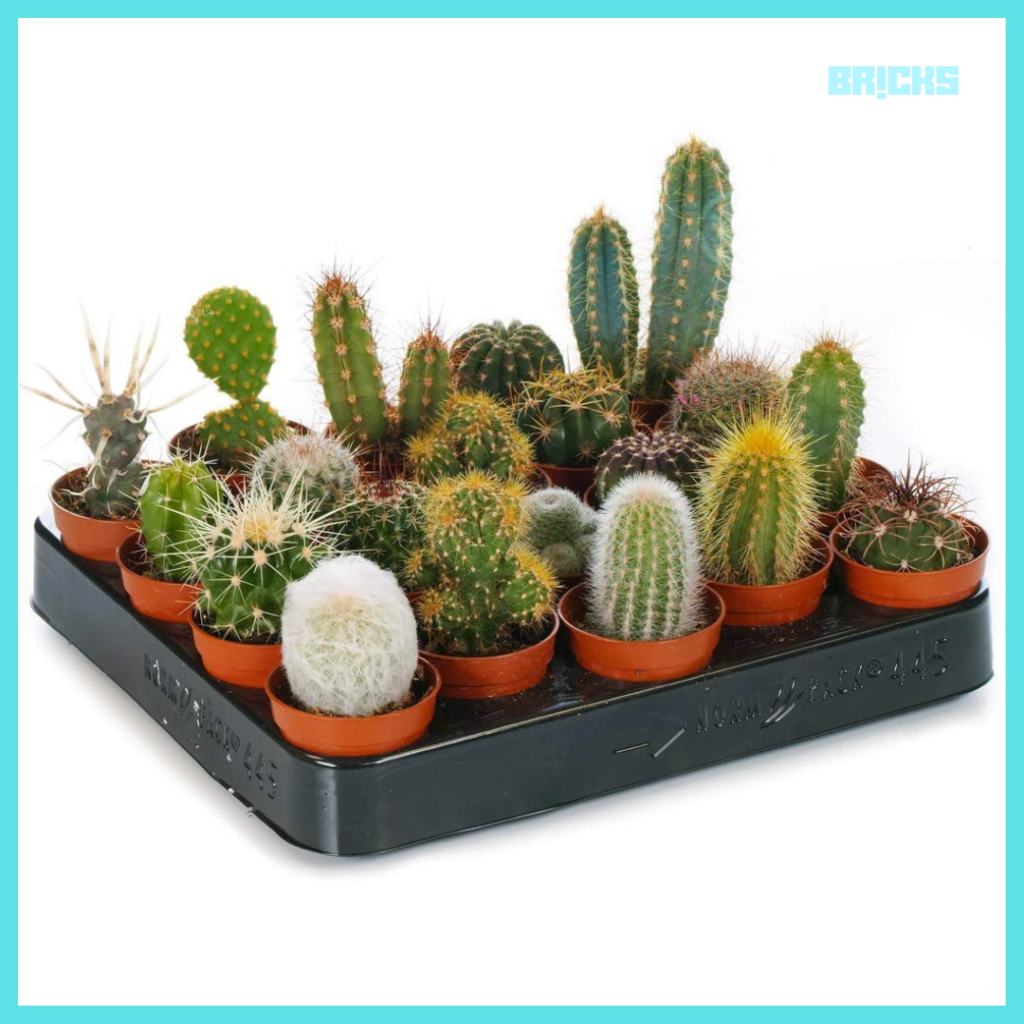
Crocodile Fern
As the name implies, crocodile ferns have jagged, quirky-looking leaves that resemble the skin of crocodiles. For those who enjoy plants, it is a fascinating décor alternative. On the other hand, this plant can be a little picky about the amount of water in the soil and the lighting. Therefore, you will need to have enough time to dedicate to caring for this type of plant.
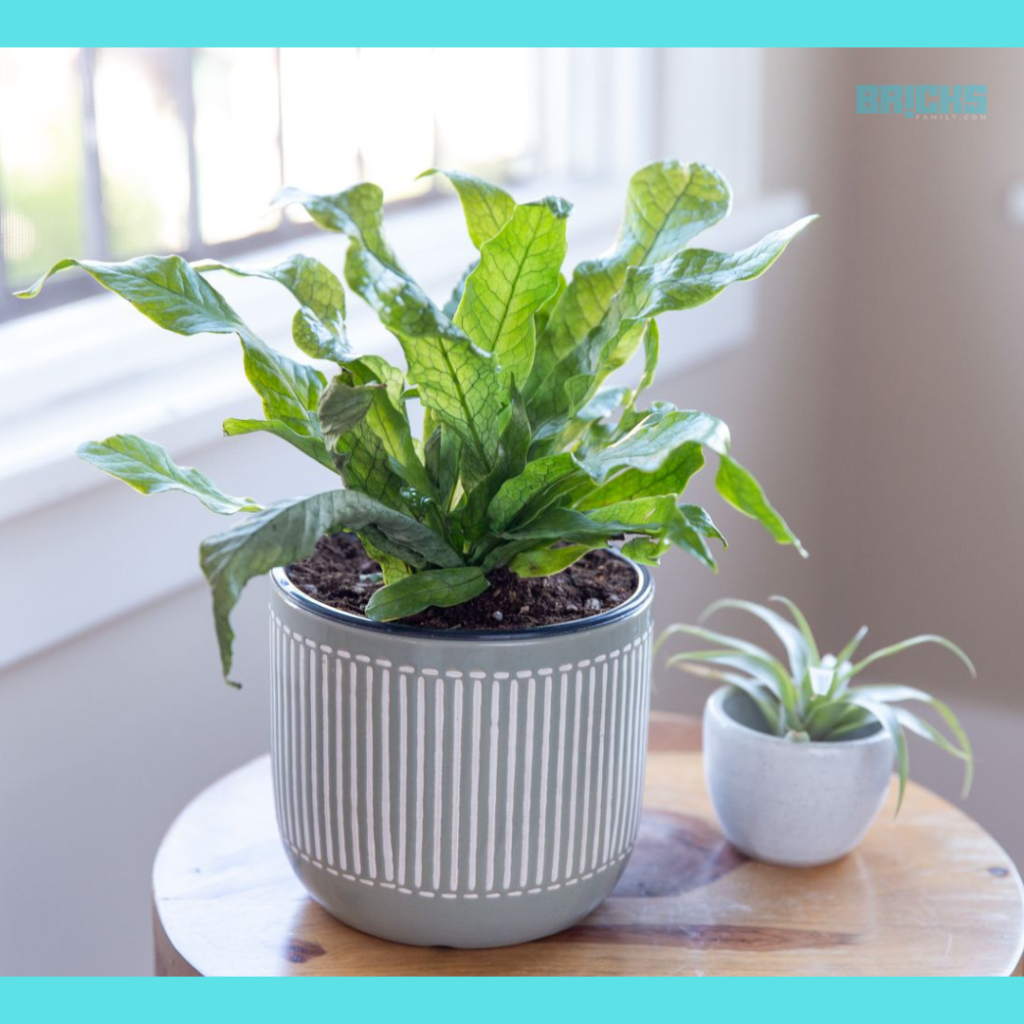
Weeping Fig
A weeping fig is a great plant for compact areas. Since it is a leafy plant variety, it might give your otherwise tiny area more definition. This plant only has to be watered once every two to three days to be healthy. The ideal piece of décor for living spaces is a weeping fig.
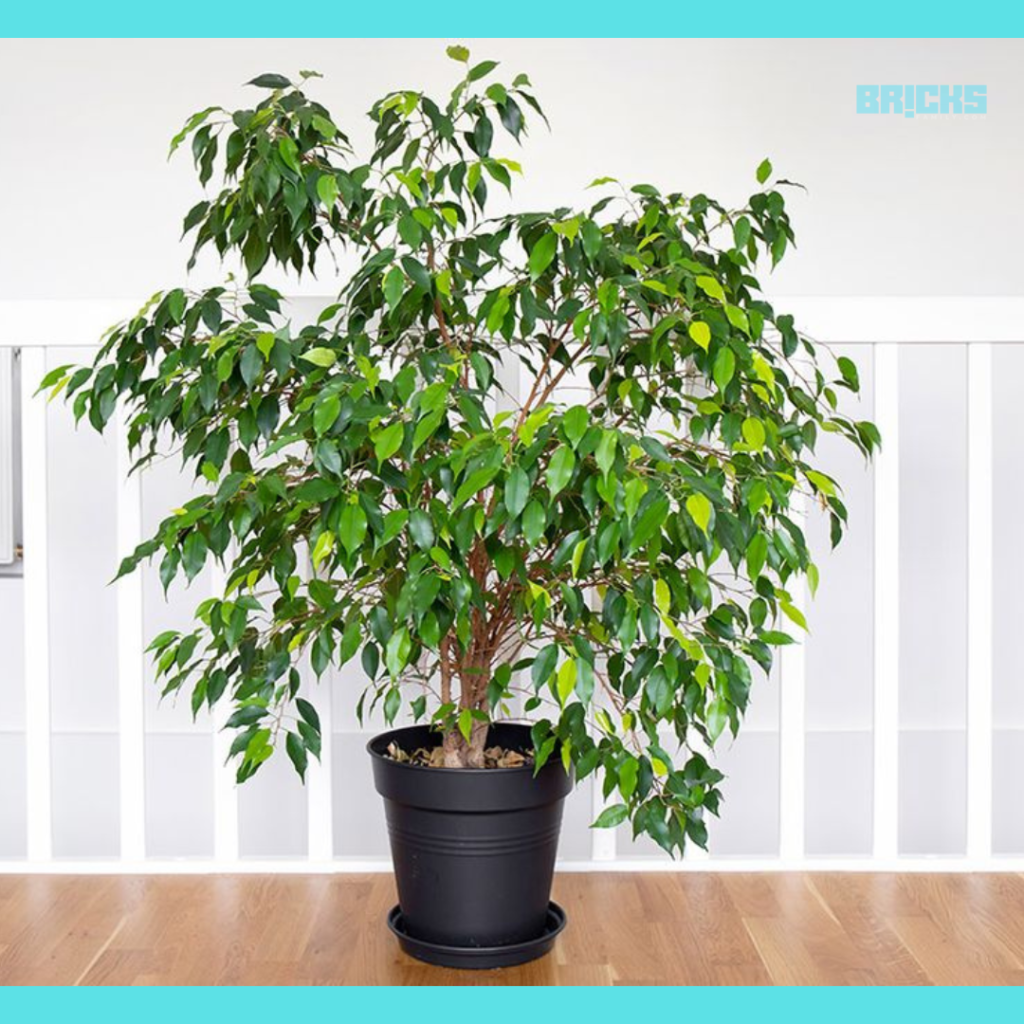
Kalanchoe
Kalanchoe is among the most exquisite indoor plants. You can usually put it in your bedroom or kitchen. Any space will seem more visually appealing because of its vibrant orange blossoms. This plant thrives in low-humidity environments and produces flowers even during the coldest winters.
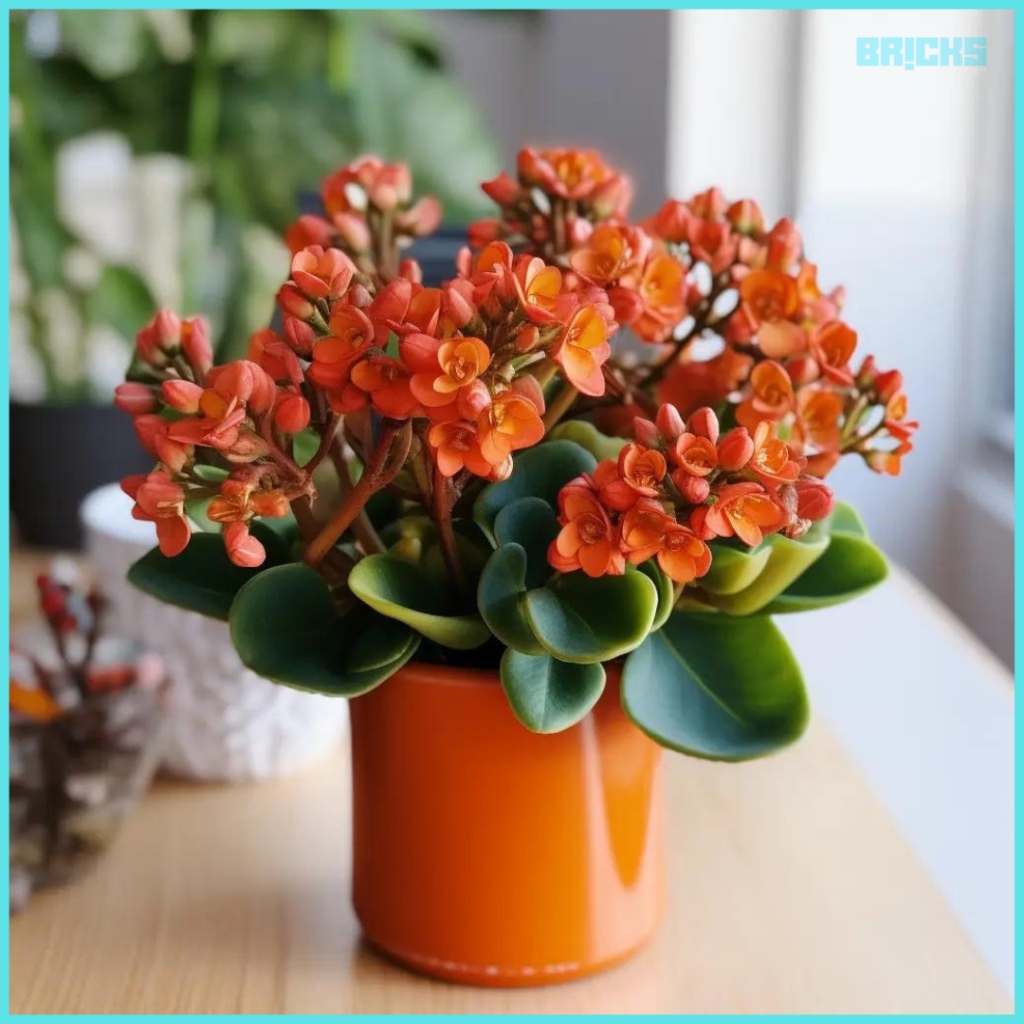
Air Plants
An air plant’s tall, lush leaves complement any kind of interior design. For this indoor plant to survive, bright, indirect light is ideal. Therefore, you may place it in any little room that has a window sill. At least once a week, you must remember to give the plant a thorough bath in water.
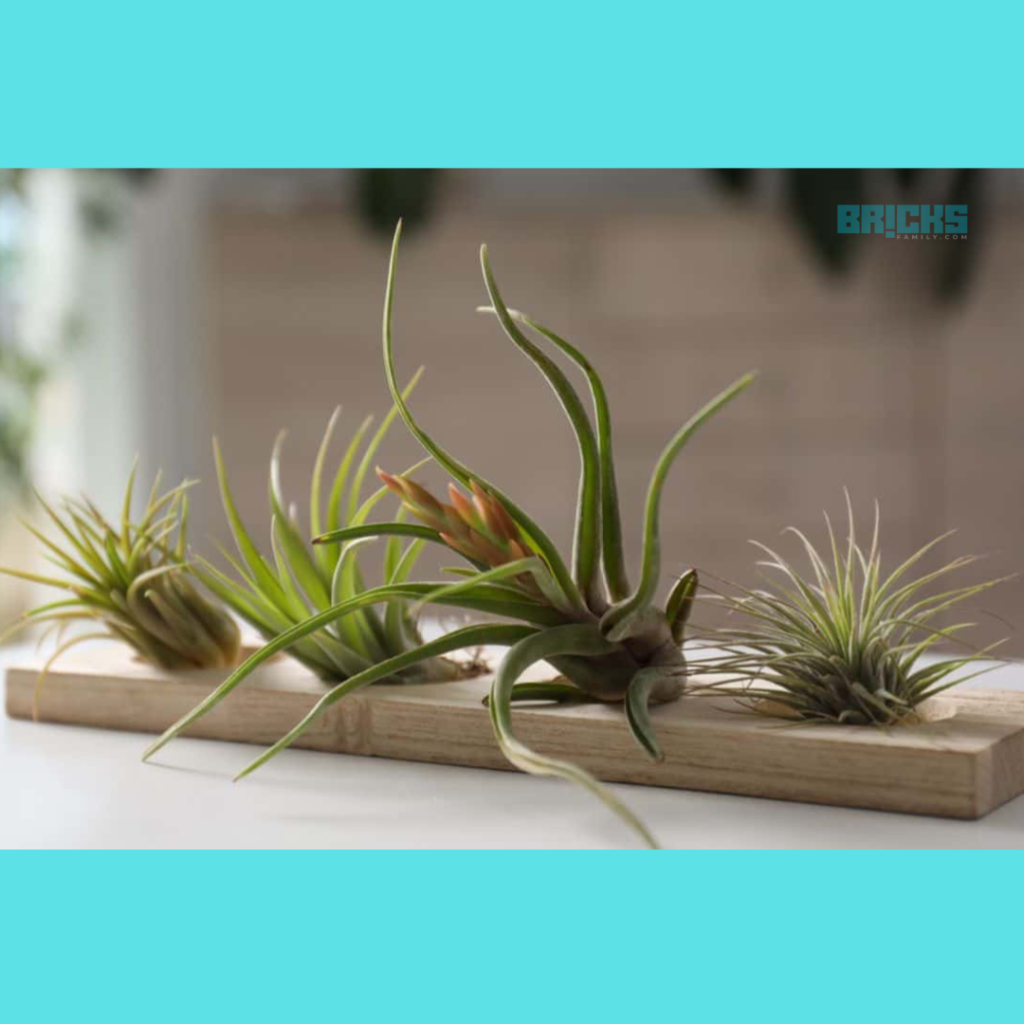
Jade Plant
You never have to worry about indoor plant maintenance again when you have a jade plant. They are so hassle-free. The plant has brilliant red tips that contrast with its lush, deep-green colour. As a result, it efficiently brightens any little space.
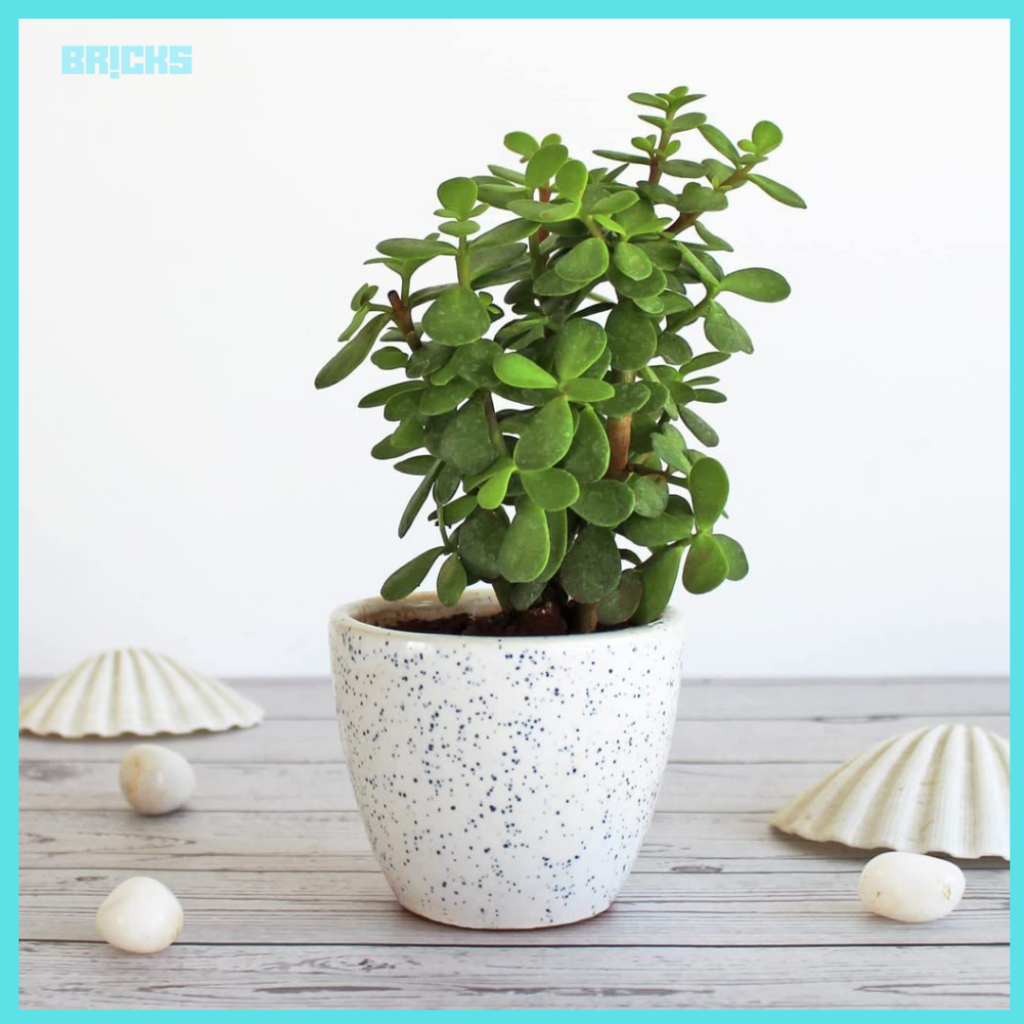
English Ivy
English ivy is a traditional indoor plant for tiny spaces. It is simple to pot this plant and hang it in little pots or baskets. Being a fast-growing plant, regular pruning may be necessary. A healthy English ivy requires constant watering and lots of direct sunlight, aside from that.
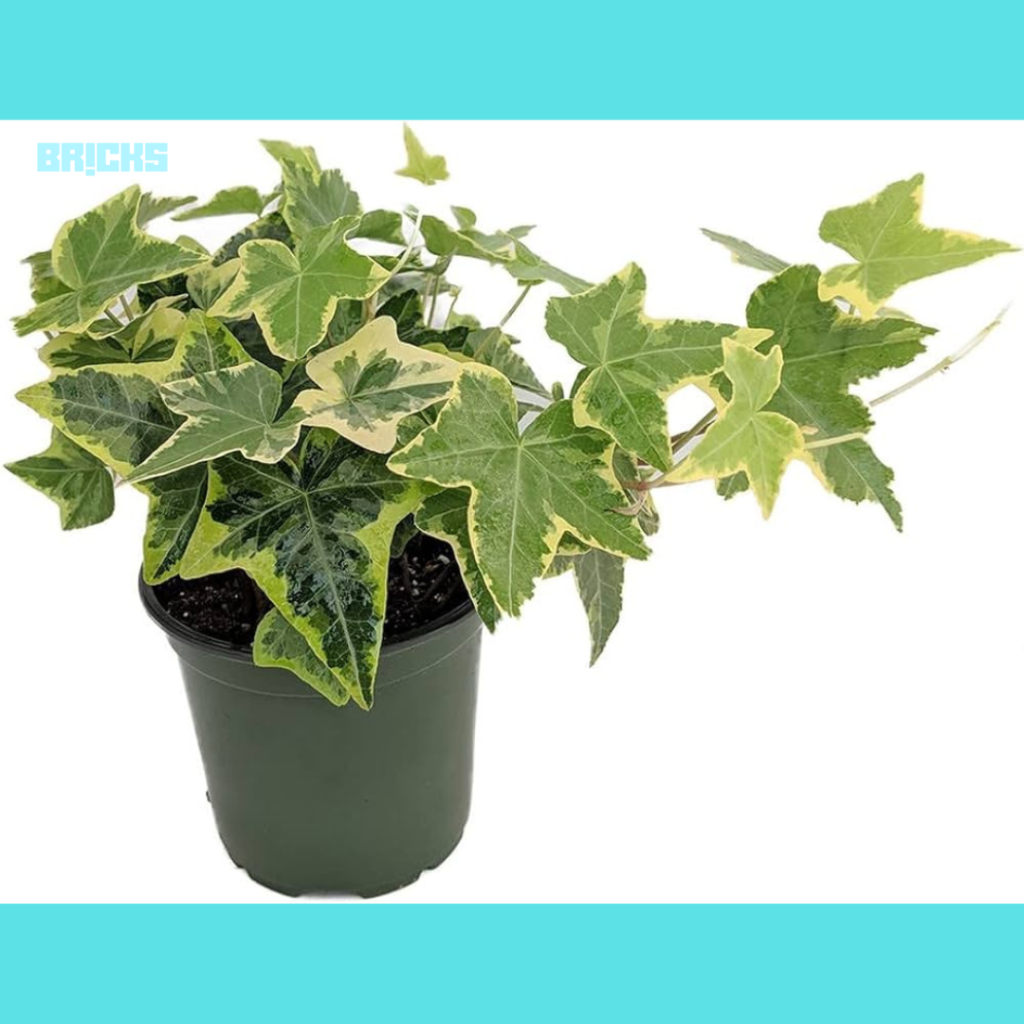
Anthurium Plant for living room
Anthurium is an excellent plant for moderate upkeep. It is ideal for all kinds of homes. This plant’s vibrant, heart-shaped, waxy blossoms are its main feature. Since it is a little potted plant, you can put it in any room in your house.
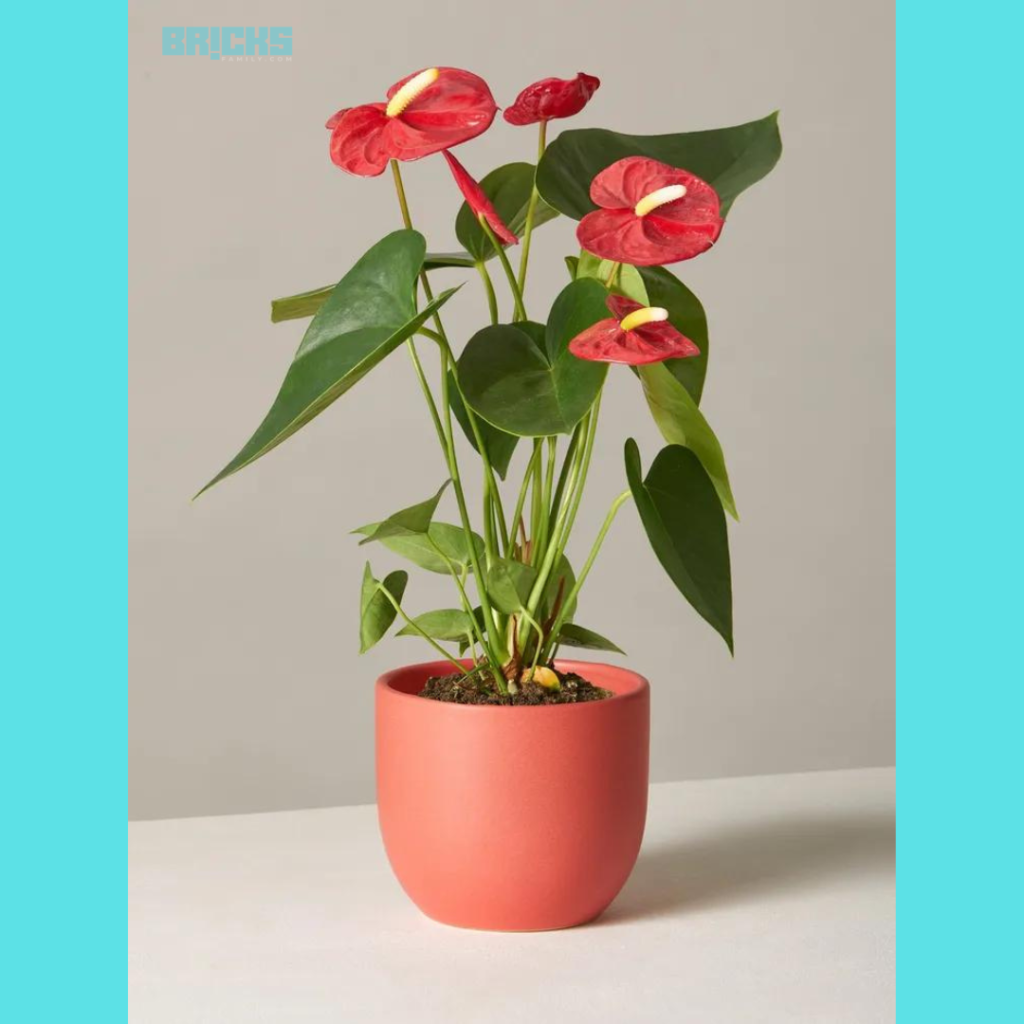
Pilea
A pilea can be a big help if you want to give your tiny living space some edge and drama. Its distinctive, rounded leaves complement both a straightforward potting solution and minimalist décor. This plant needs the soil to be totally dry before rewatering; therefore, use caution when watering it.
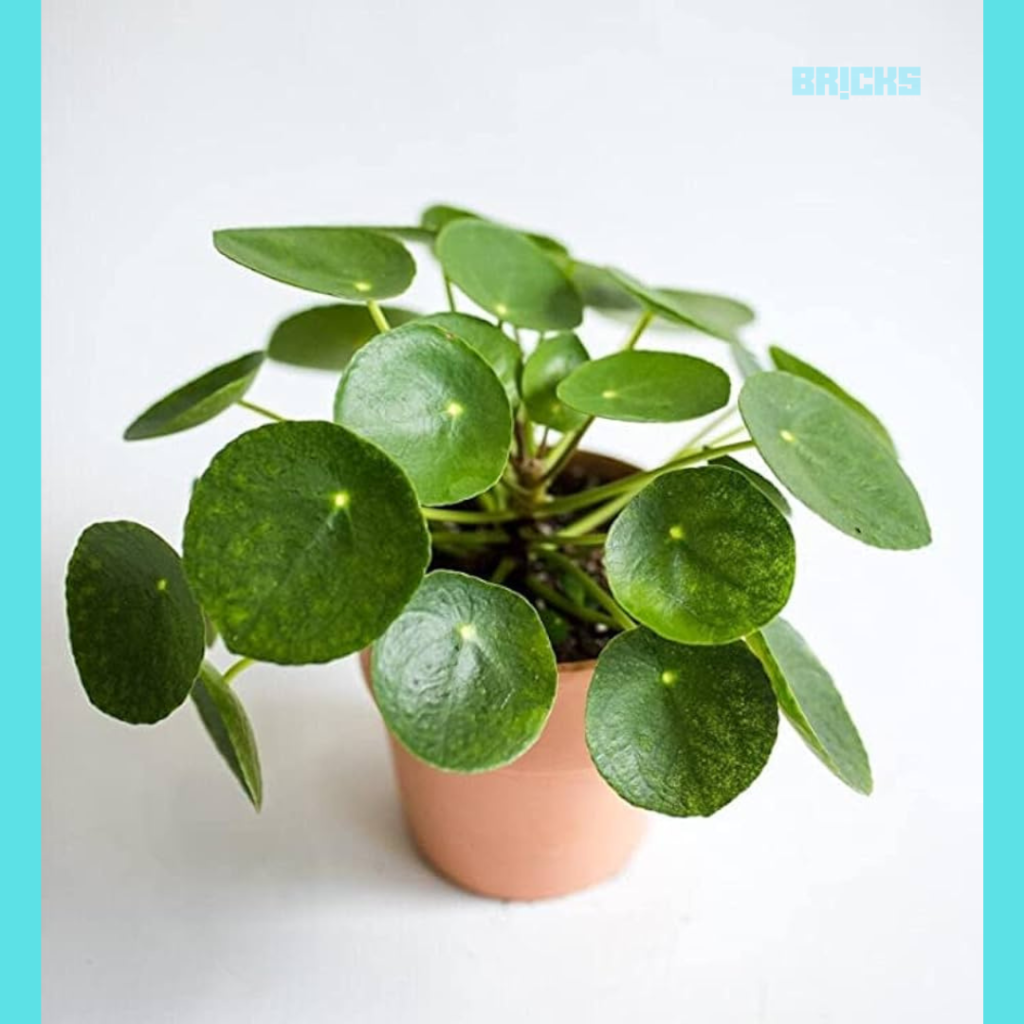
Snake Plant
Snake plants’ spiky, yellowish-green leaves make them popular indoor plants. This robust potted plant only needs a small amount of room. This plant adds a playful touch to the décor and looks well with the room’s bare corners.
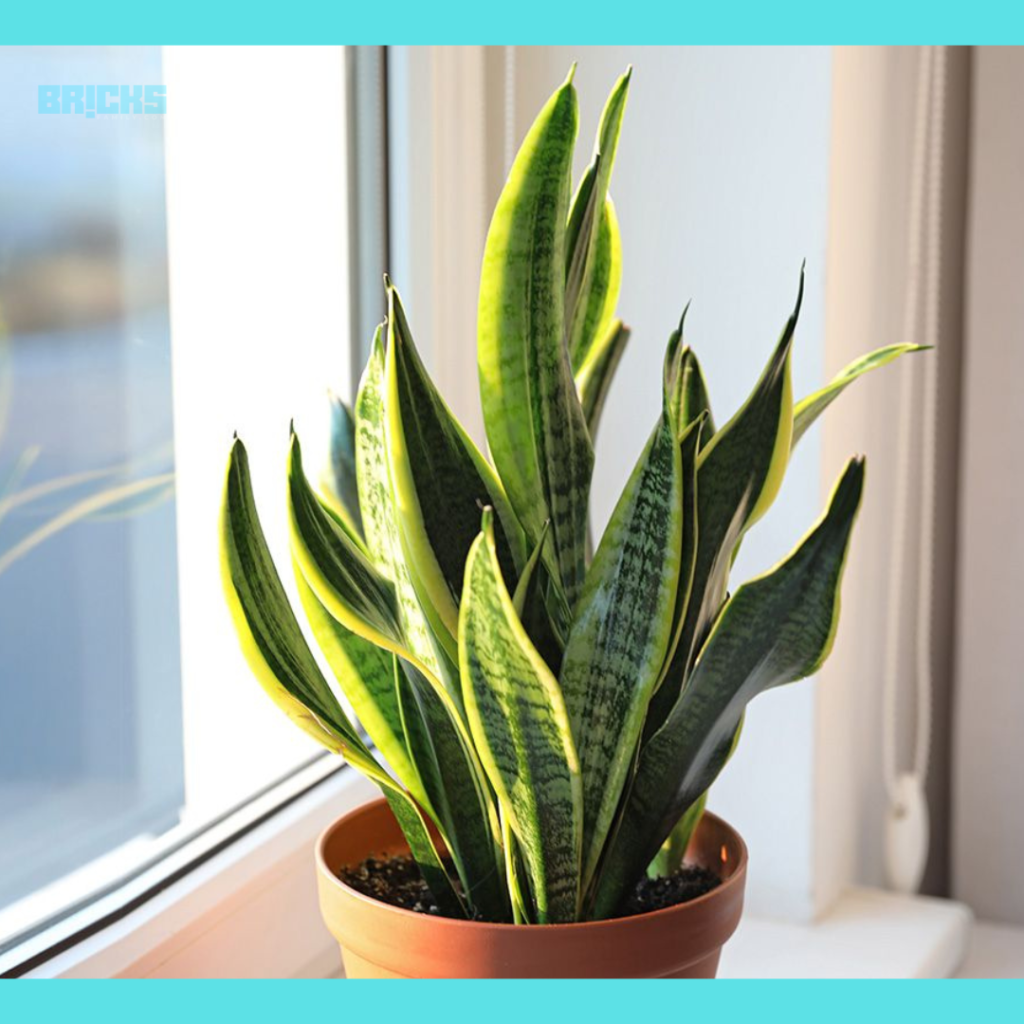
Calathea
Calatheas are renowned for their exquisitely brilliant leaves. It performs best in situations with slightly damp soil and indirect sunlight. Its compact size makes it the ideal décor piece for modest spaces.
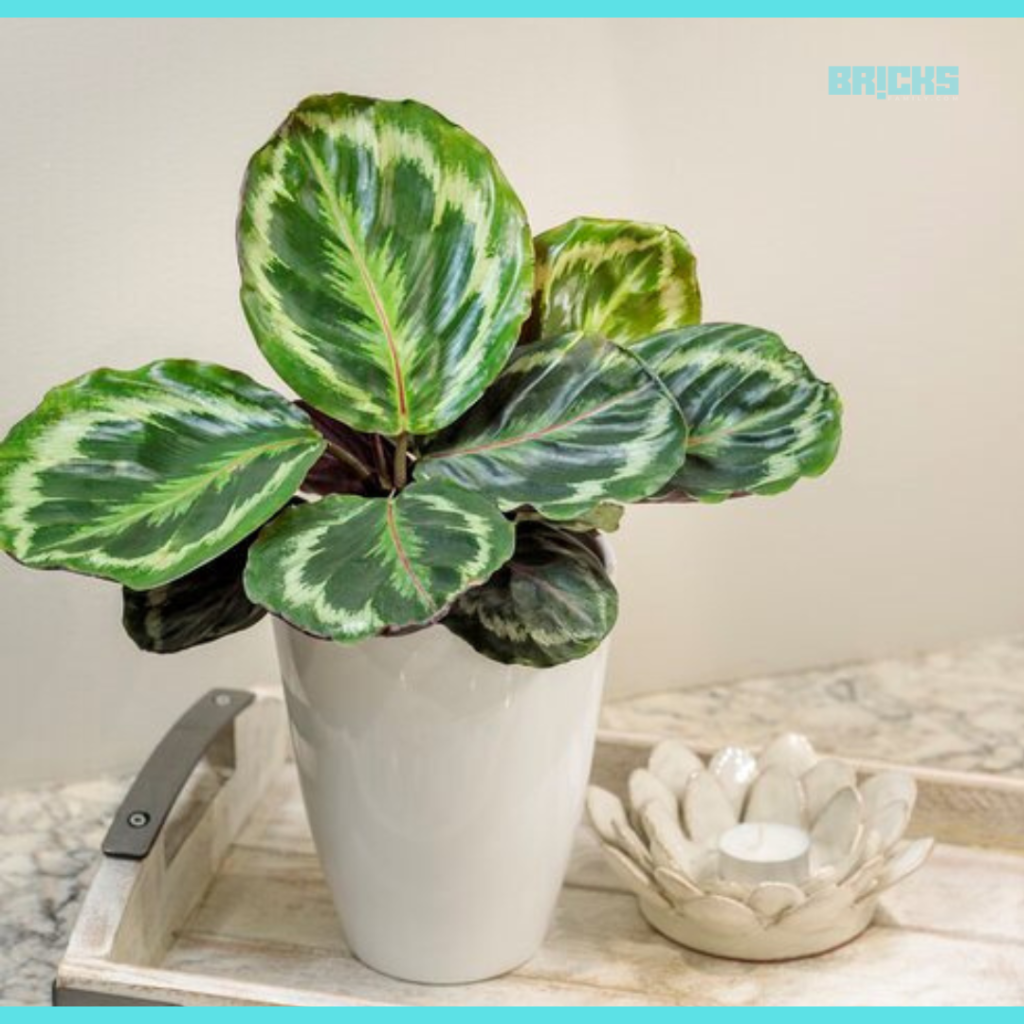
Zz Plant
The scientific name of this small indoor plant is Zamioculcas zamiifolia, which gives it its unusual name. This easy-going plant can tolerate any kind of light and water conditions. All you need to do is put it in a pot and plant it in any area of the house.
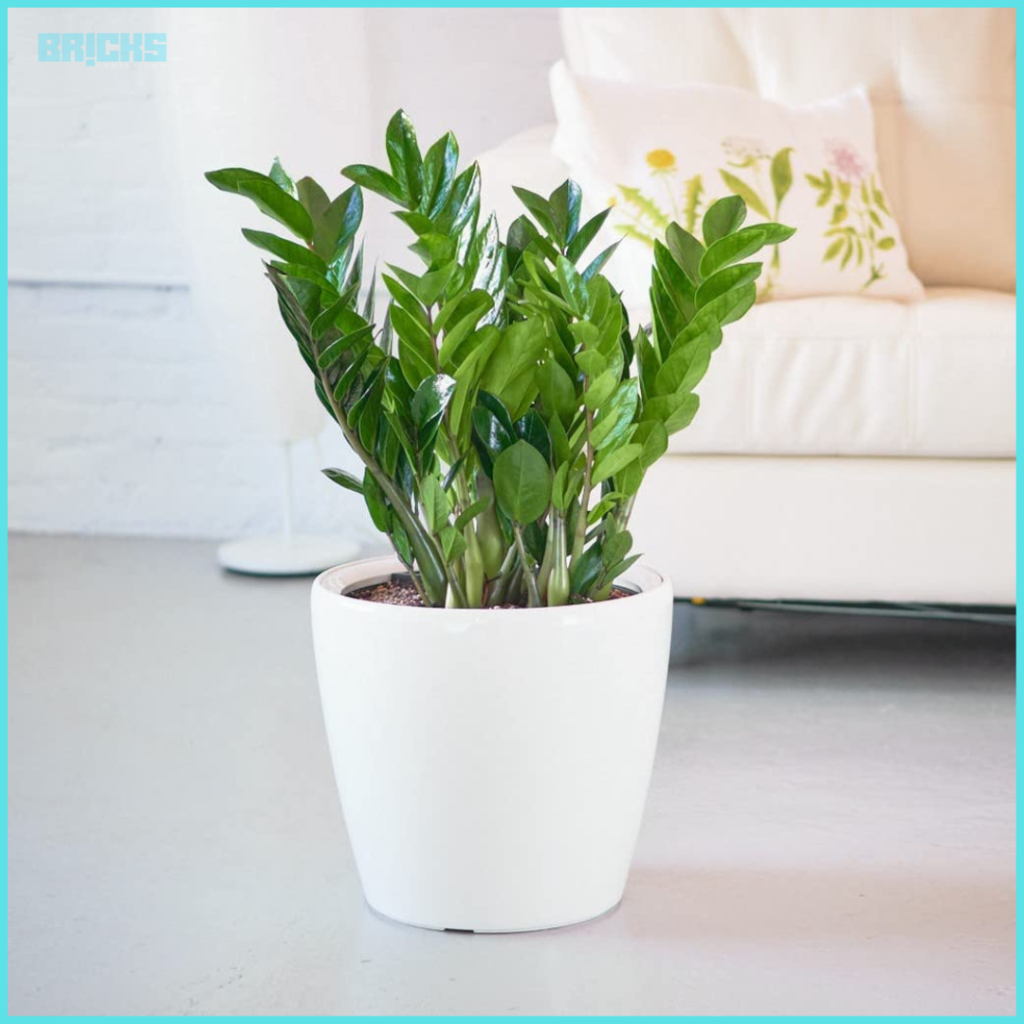
Peace Lily
The peace lily is an essential plant to have on any list of the greatest indoor plants for tiny spaces. Beautiful white blossoms on an easy-to-maintain plant give the space a subtle touch that looks energizing and joyful. These will subtly enhance the elegance of your space if you place them in your living room or next to a balcony that gets lots of natural light.
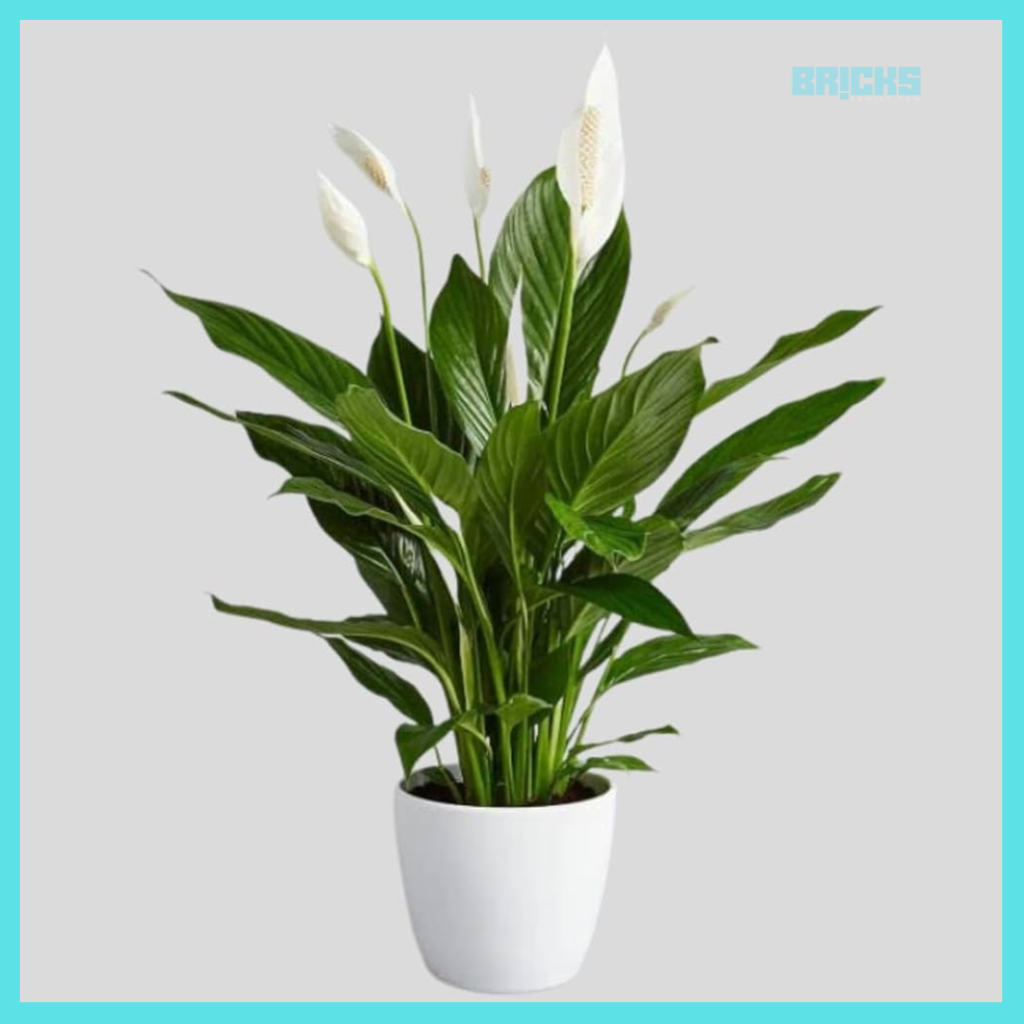
Recall that a peace lily enjoys moist soil and does not require much water. The nicest aspect is that it will droop its leaves to alert you when it needs water.
Bromeliad
The greenish-white, long, drooping leaves of a bromeliad plant provide a distinctive look for living spaces. A bromeliad is a tropical plant that can withstand droughts quite well. As a result, a little watering is needed.
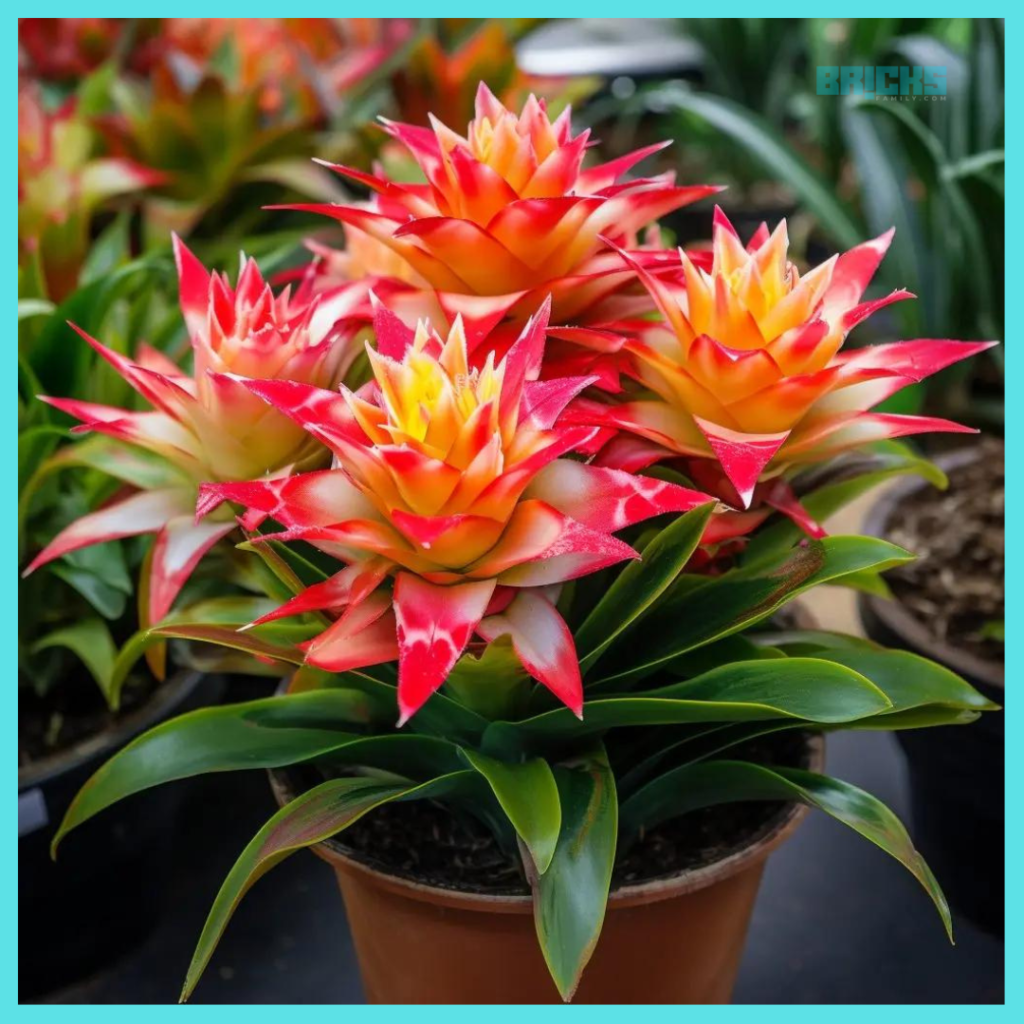
Philodendron
A philodendron is a popular choice for an evergreen plant in any home. Being a highly communicative plant, it requires little maintenance. You should water it if the leaves start to turn yellow. Reduce the amount of water you use if the leaves begin to droop. It is, therefore, ideal for novice plant parents.
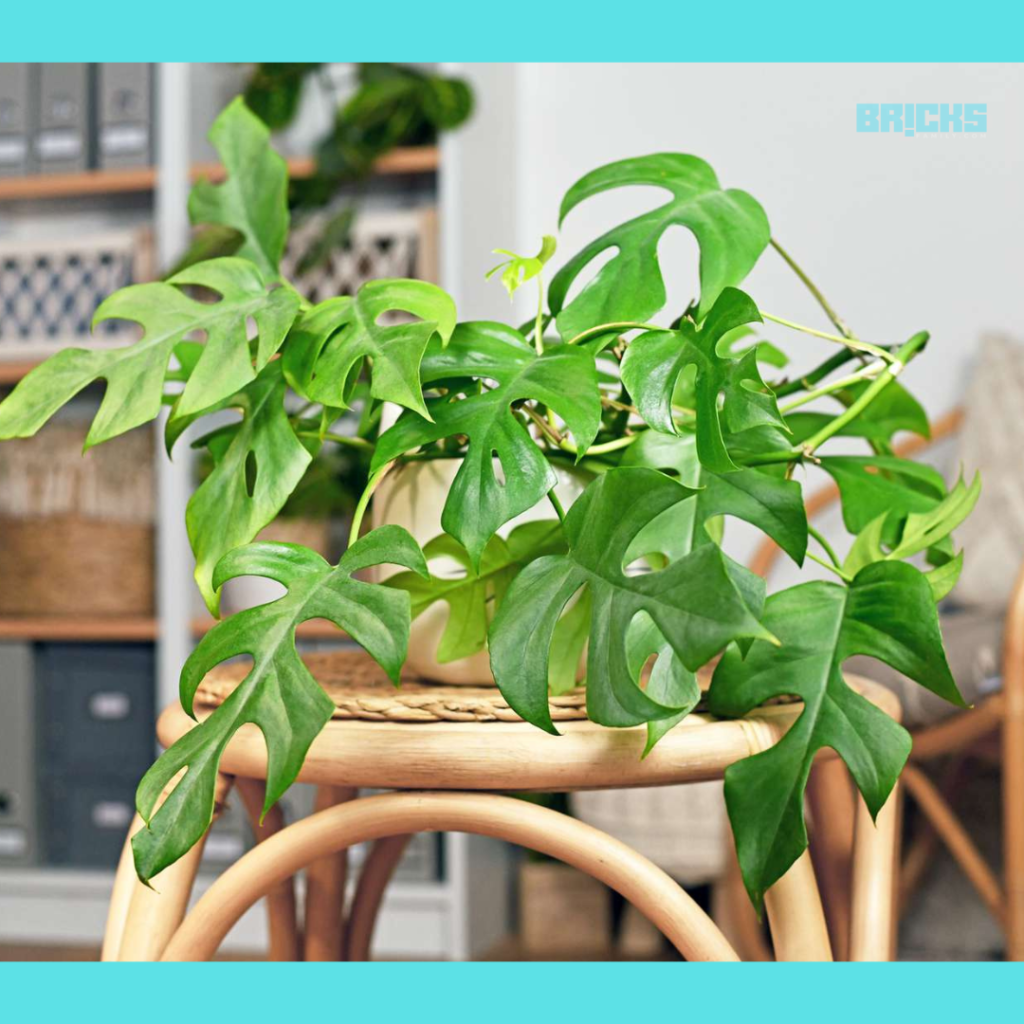
Therefore, adding some lovely indoor plants to your tiny house is a smart decision. They not only provide your home with an attractive touch, but they also keep the air in your living area healthy.
Best places for indoor plants in small houses
Here are some unique ideas to help you find the best places for your indoor plants in small spaces or even otherwise.
Vines Around a Mirror
In addition to providing a natural touch and character, vines make a great alternative to artificial décor in interior design. If you teach them to circle a mirror-like in the previously posted photograph, your room will have a trendy, dynamic vibe.
A Herb Garden for Your Kitchen
You can use plants to embellish other indoor locations besides the living area or hallway. Think creatively to ensure that your kitchen meets those standards and does so in style! Yes, it is extremely possible to plant a little kitchen garden in a short space.
Have a little hanging plant stand at the window, using cues from the one provided above. Take full advantage of this concept by growing a variety of herbs that you can use in your cooking. This is a win-win situation in terms of indoor plant décor for tiny areas.
Hang Them Up
No, you don’t necessarily need a floor space for your plants; in tiny places, indoor plants can also live on the walls. An excellent illustration of how to hang plants and allow them space on the wall is seen in the image above. Don’t they provide a sense of freshness to your area and enhance the room’s overall beauty?
Pro tip: Climbers, creepers, and vines are the best kinds of indoor plants for this idea.
Room Divider
If you’re creative enough, you may use plants to divide a room, like this great idea for small spaces. An excellent concept for using indoor plants as home decor in tiny areas is to create a curtain out of your plants, as shown in the top image, to divide a bigger space into two sections.
Spruce up the Bathroom
Another small location that works well for indoor plants is the bathroom. Be not taken aback! Due to their naturally humid conditions, bathrooms are excellent locations for a variety of pothos, philodendrons, and even ivies.
You may either find a place to hang these plants in the bathroom corner or just make room on some of the shelves, as both options are shown in the image that was given above. Even restrooms may appear attractive when they have plants in them.
Summing up Indoor Plants in Small Spaces
Plants always enhance a room’s aesthetic worth because they give it vitality and a beautiful appearance. Furthermore, you do not necessarily need a vast area; indoor plants can thrive in cramped areas as well. The secret is to know which plants to purchase and how to use them most effectively for décor, all while considering the plants’ overall health.
We covered 20 different kinds of indoor plants in the blog post above, and we also offered you a tiny preview of some unusual ways to style indoor plants in constrained areas. Which of these plants is already present in your house? Which design suggestion do you believe was most effective for small-space indoor plants?
Also Read: Jasmine Flower Plant – Types, How to Grow, & Care For It
Similar Topics: Latest Modular Kitchen Design Ideas









